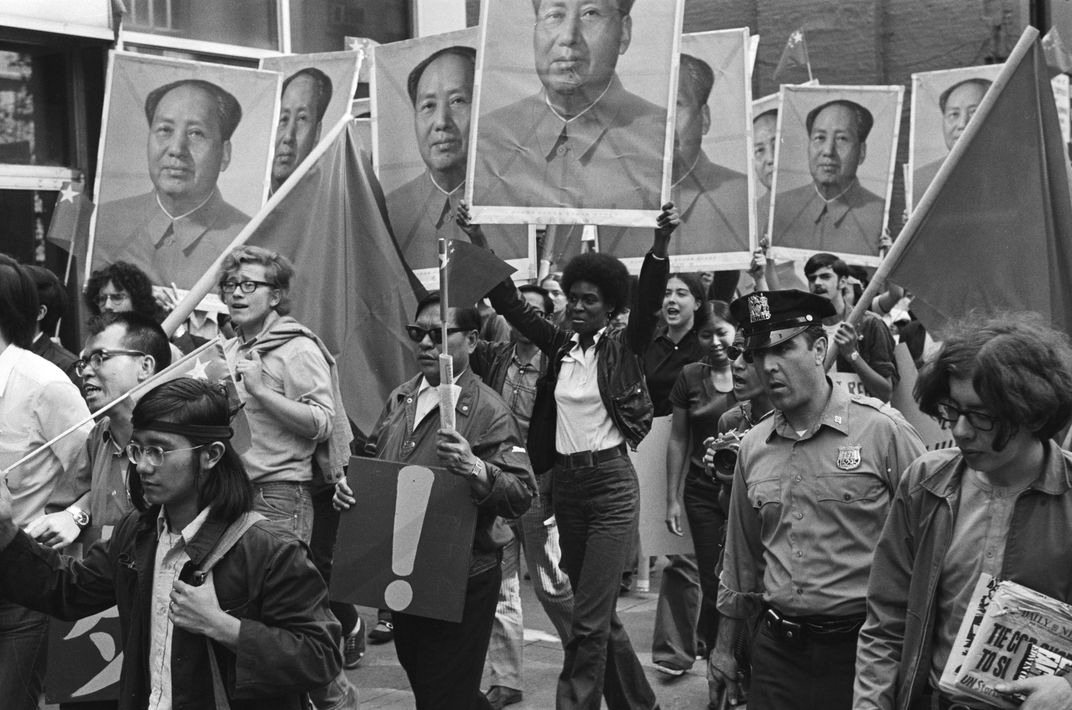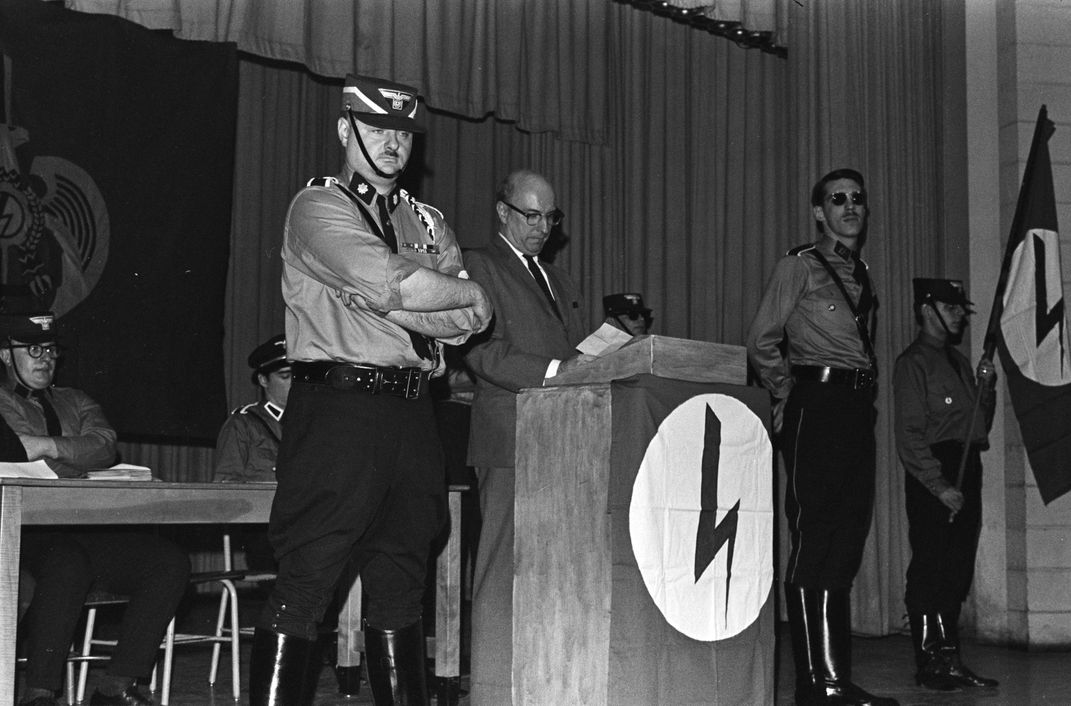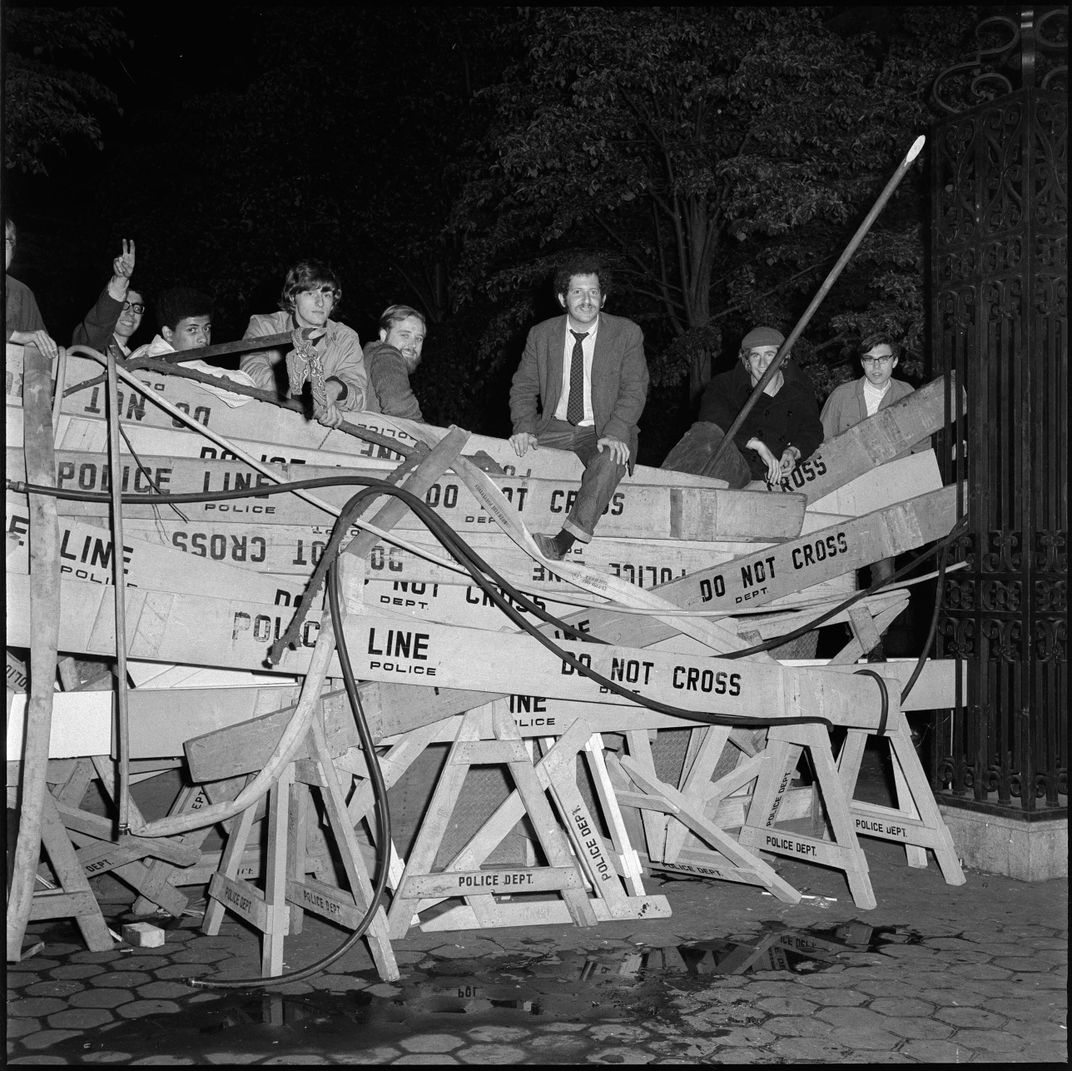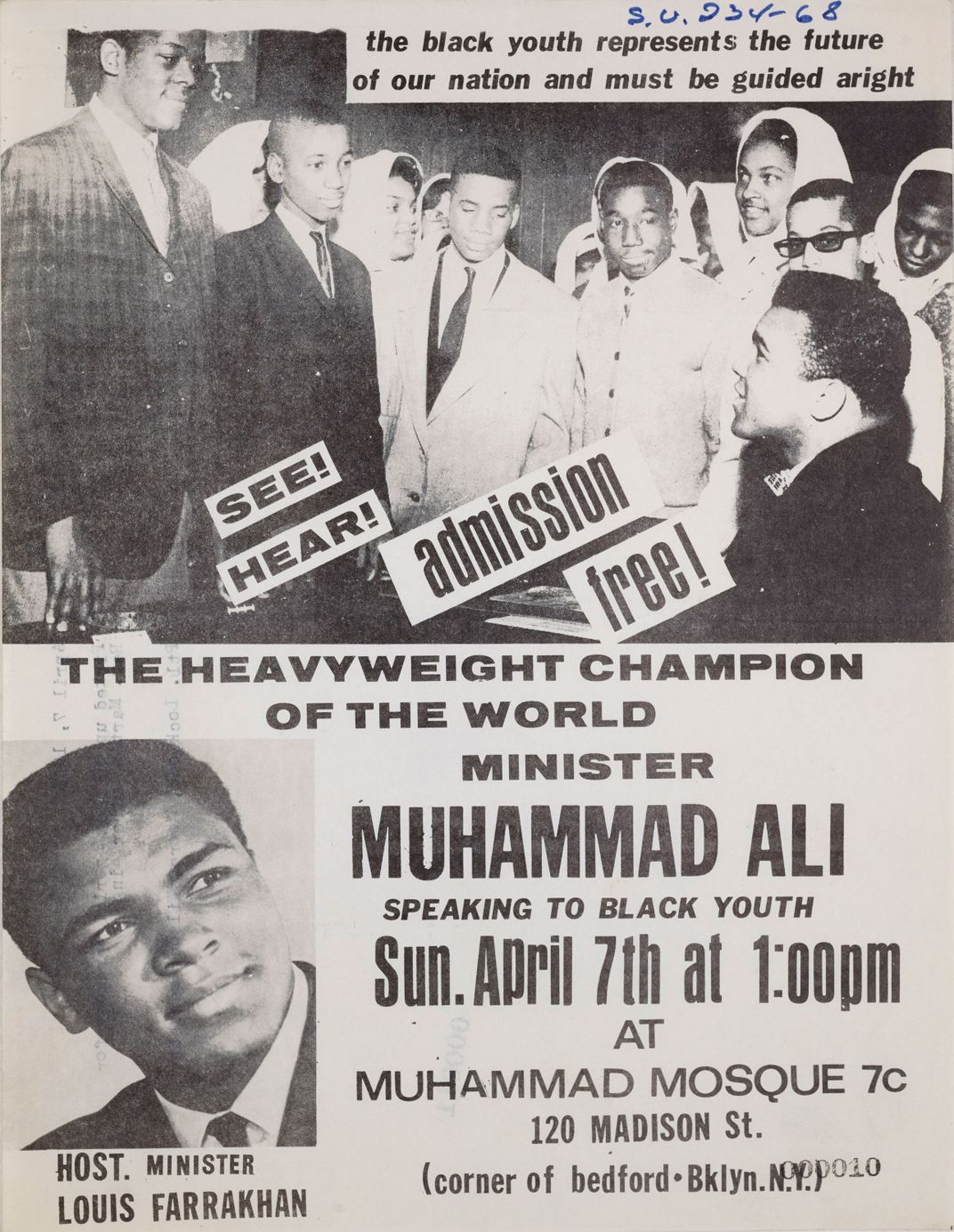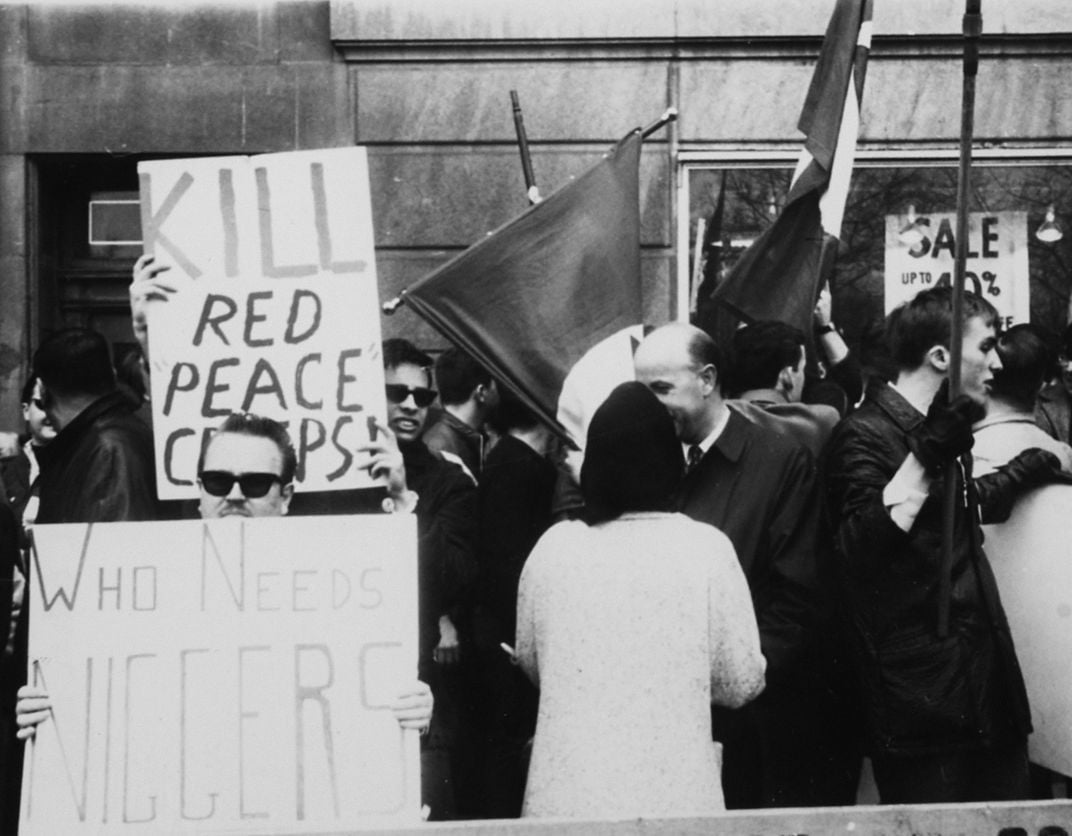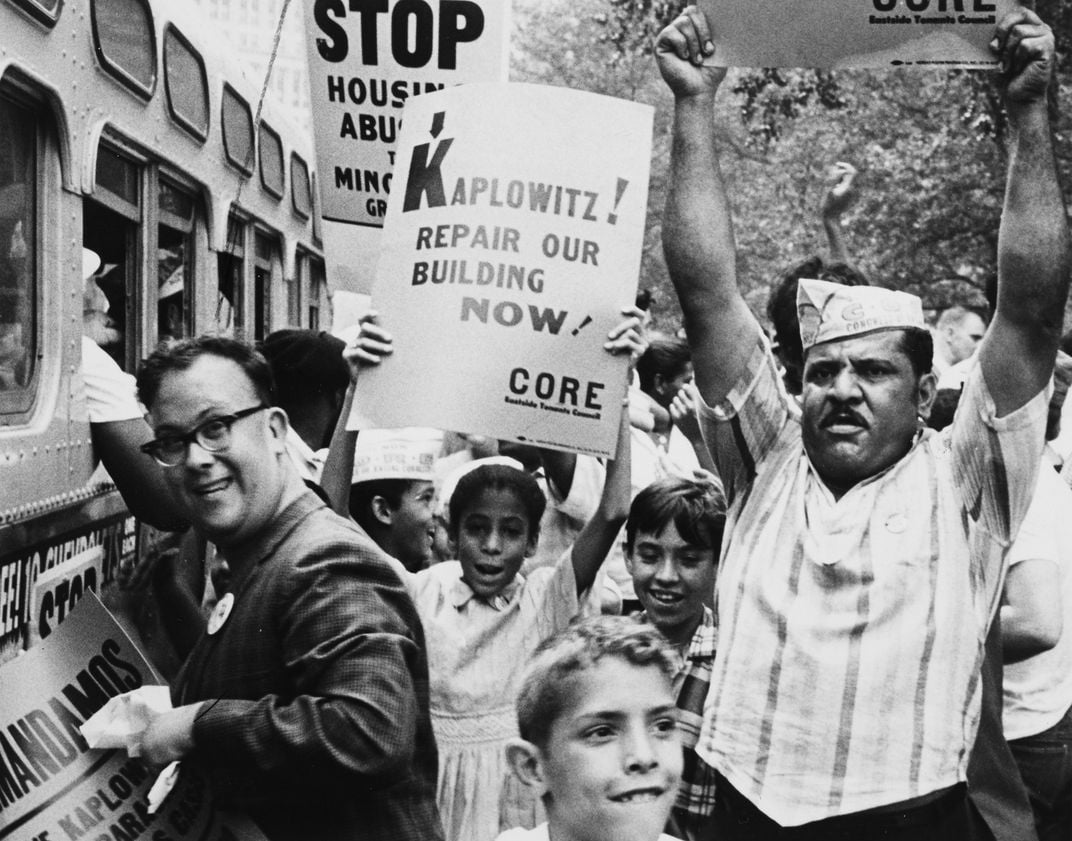The “Unlikely Historians” Who Documented America in Protest
A new exhibit showcases photos and films that have long been stowed away in a basement at New York Police Department’s headquarters
From the rise of the Civil Rights Movement to the next wave of the women's movement, to the push of the gay liberation movement, America erupted in political unrest in the 1960s and '70s. Now, reports Colin Moynihan for the New York Times, a new exhibit in New York has captured a compelling picture of the turbulent time using some surprising source material: the New York Police Department's surveillance photos.
Police officers might seem like unlikely historians, but they engaged in extensive surveillance to keep tabs on individuals and organizations whom they classified as dangerous or subversive.
"Beginning in 1904 with the 'Italian Squad’s' focus on anarchists and continuing to the present day, the New York City Police Department (NYPD) has conducted surveillance of individuals and infiltrated organizations perceived as enemies of the status quo. At different periods, the focus was on immigrants, labor leaders, Nazi supporters, socialists, anarchists, and communists," a press release for the exhibit, which opened in September, notes.
In the 1960s and '70s, this included infiltrating groups like the Black Panther Party and anti-Vietnam War protestors and keeping tabs on leaders nearly around the clock.
A significant portion of these surveillance activities were limited after 1985 when a class action settlement against the NYPD asserted that its behavior had violated the civil liberties of people expressing their political views. The photos and films ended up stowed away in a basement at NYPD headquarters until 2011, when officers called archivists with the city looking for help disposing of nitrate film, which can be combustible.
There, curators found more than 150,000 images, some of them on old-fashioned glass plates, dating back to 1897, along with reels of film shot between 1960 and 1980. The images had largely not been stored carefully, and archivists worked with old records to connect images to people and events. The exhibit includes 30 of those images taken by NYPD surveillance teams from 1960 to 1975, along with a handful of film segments that illustrate everything from neo-Nazis protests outside an African embassy to the remains of a house accidentally destroyed by members of the Weather Underground.
"It’s the breadth of police surveillance itself, rather than the contents of any specific image here, which is the most revealing," Isaac Kaplan, an associate editor at Artsy, wrote in a review of the exhibit. "Unlike artists, who create work knowing it will be seen by an audience, the NYPD made these images thinking no one was watching. Seeing them provides a rare, if incomplete, glimpse inside a secretive organization."
The exhibit runs until February 28, 2018, at the New York City Municipal Archives in Manhattan's Surrogate's Courthouse.

